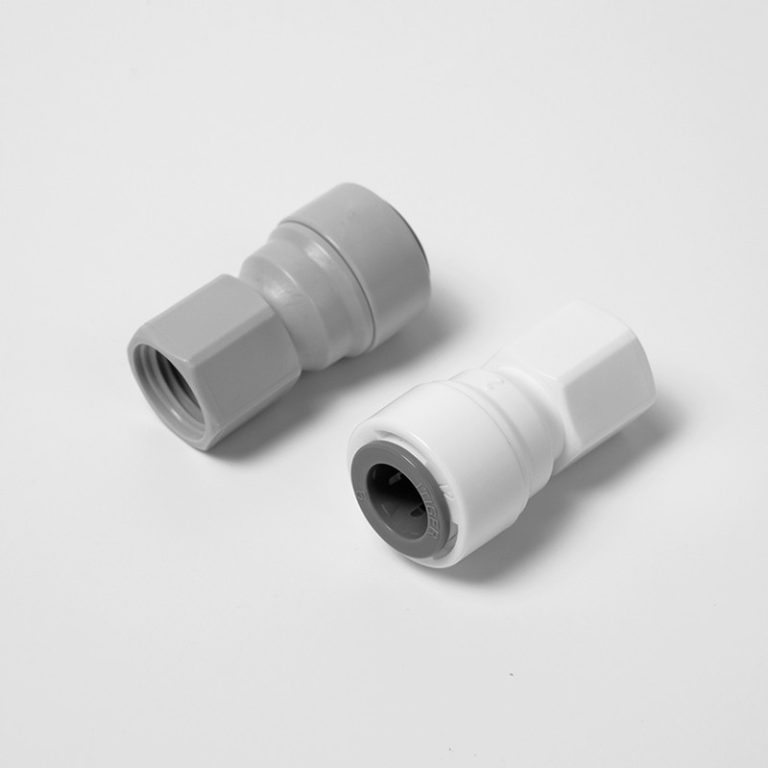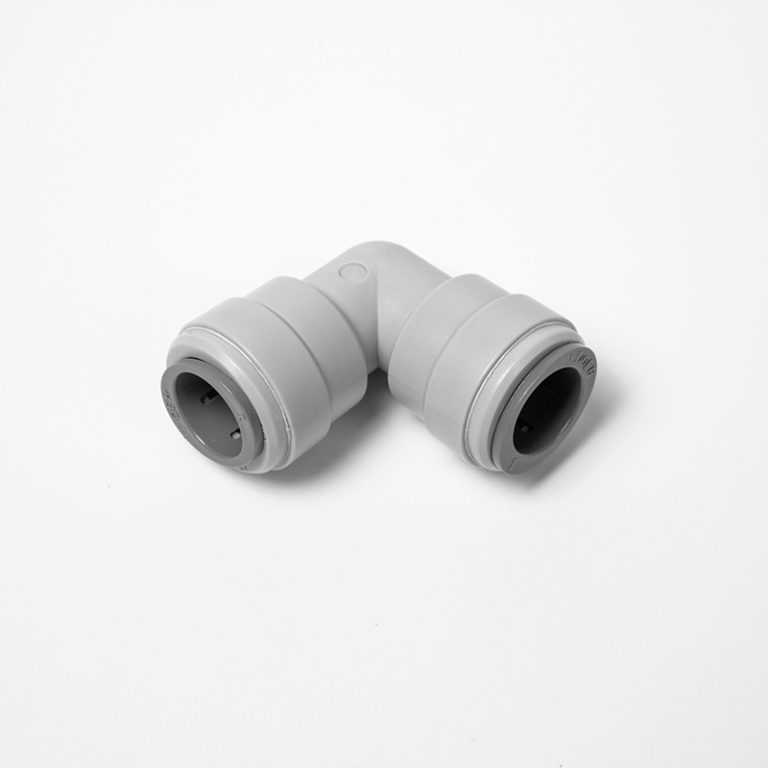高濁度による水質への影響
濁度は、浮遊粒子によって引き起こされる流体の濁りまたは曇りの尺度です。水質に関して言えば、高い濁度は環境と人間の健康の両方にさまざまな悪影響を与える可能性があります。水源の濁度が高すぎると、水生生態系、飲料水の質、レクリエーション活動に影響を与える可能性があります。
水中の高い濁度レベルに関する主な懸念の 1 つは、水生生態系への影響です。浮遊粒子は太陽光が水生植物に届くのを妨げ、光合成を妨害し、最終的には食物連鎖全体に悪影響を与える可能性があります。さらに、濁度が高いと魚やその他の水生生物のえらが詰まり、呼吸や酸素の摂取が困難になる可能性があります。これにより、魚やその他の水生生物の個体数が減少し、生態系のバランスが崩れる可能性があります。
高い濁度は、水生生態系への影響に加えて、飲料水の質にも重大な影響を与える可能性があります。濁度は、多くの場合、細菌、ウイルス、寄生虫など、水中の他の汚染物質の存在を示します。濁度レベルが高いと、これらの汚染物質を従来の水処理プロセスで除去するのがより困難になる可能性があり、水を摂取する人が水に起因する病気のリスクが高まります。極端な場合、濁度が高いと沸騰水勧告や水処理施設の停止につながる可能性があり、地域社会は安全な飲料水にアクセスできなくなります。
さらに、濁度が高いと、きれいな水源に依存するレクリエーション活動に影響を与える可能性があります。水泳、ボート遊び、釣りはすべて人気のあるレクリエーション活動ですが、濁度が高いと悪影響を受ける可能性があります。水が濁ると、岩や瓦礫などの危険物が見えにくくなり、事故や怪我のリスクが高まります。さらに、濁度が高いと水が泳いだり釣りをしたりするのが不快になり、レクリエーション利用者にとってこれらのアクティビティの楽しみが減ってしまう可能性があります。
高い濁度が水質に及ぼす悪影響に対処するには、濁りの原因と原因を理解することが重要です。それらを減らすための措置を講じてください。建設現場、農業、森林破壊からの浸食は、水の高い濁度レベルの原因となる一般的な堆積物の発生源です。植生緩衝材、シルトフェンス、沈殿池などの浸食防止対策を実施することで、水源に流入する土砂の量を減らし、水質を改善することが可能です。
結論として、水中の濁度レベルが高いと、さまざまな悪影響を及ぼす可能性があります。水生生態系、飲料水の水質、レクリエーション活動への影響。水質と環境と人類の健康を守るためには、水源の濁度レベルを監視し、堆積物の発生源を減らす措置を講じることが重要です。高濁度の根本原因に対処することで、すべての人にとって清潔で安全な水源の確保に向けて取り組むことができます。

One of the primary concerns with high turbidity levels in water is the impact on aquatic ecosystems. Suspended particles can block sunlight from reaching aquatic plants, which can disrupt photosynthesis and ultimately harm the entire food chain. Additionally, high turbidity can clog the gills of fish and other aquatic organisms, making it difficult for them to breathe and obtain oxygen. This can lead to decreased populations of fish and other aquatic species, disrupting the balance of the ecosystem.
In addition to its effects on aquatic ecosystems, high turbidity can also have significant implications for drinking water quality. Turbidity is often an indicator of the presence of other contaminants in water, such as bacteria, viruses, and parasites. When turbidity levels are high, these contaminants can be more difficult to remove through traditional water treatment processes, increasing the risk of waterborne illnesses for those who consume the water. In extreme cases, high turbidity levels can even lead to boil water advisories or the shutdown of water treatment facilities, leaving communities without access to safe drinking water.
Furthermore, high turbidity can impact recreational activities that rely on clean water sources. Swimming, boating, and fishing are all popular recreational activities that can be negatively affected by high turbidity levels. Cloudy water can make it difficult to see hazards such as rocks or debris, increasing the risk of accidents and injuries. Additionally, high turbidity can make water unpleasant to swim or fish in, reducing the enjoyment of these activities for recreational users.
In order to address the negative effects of high turbidity on water quality, it is important to understand the sources of turbidity and take steps to reduce them. Erosion from construction sites, agriculture, and deforestation are common sources of sediment that can contribute to high turbidity levels in water. By implementing erosion control measures such as vegetative buffers, silt fences, and sediment ponds, it is possible to reduce the amount of sediment entering water sources and improve water quality.
In conclusion, high turbidity levels in water can have a range of negative effects on aquatic ecosystems, drinking water quality, and recreational activities. It is important to monitor turbidity levels in water sources and take steps to reduce sources of sediment in order to protect water quality and the health of both the environment and human populations. By addressing the root causes of high turbidity, we can work towards ensuring clean and safe water sources for all.







